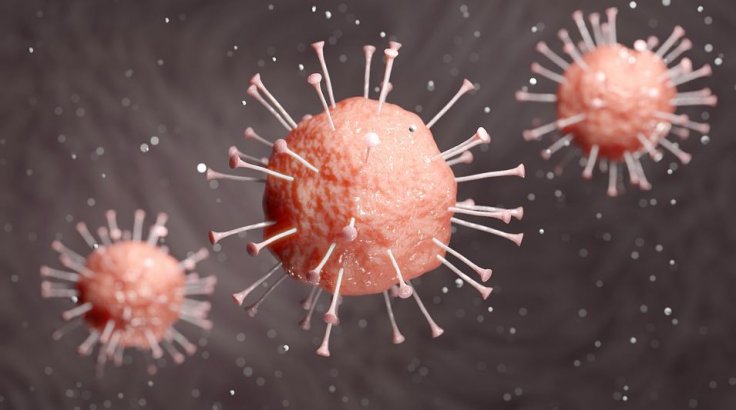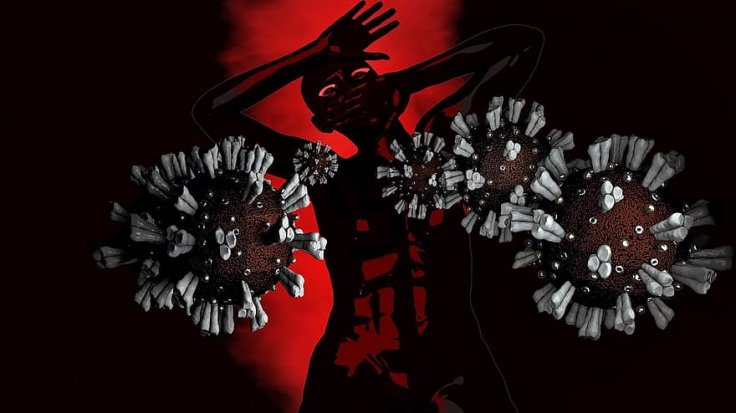The risk of transmission of the SARS-CoV-2 within workspaces has been one of the most discussed and deliberated aspects of COVID-19. While some organizations and businesses adapted to the new normal—work from home—some could not due to the practical unfeasibility. Among them were meat processing industries, who became localized epicenters of sort for the disease in several countries.
Now a study by German researchers has concluded that unfiltered air re-circulated with low rates of external air exchange led to the transmission of SARS-CoV-2 through aerosols in such places.
According to the study which investigated the outbreak of the disease at a German meat processing plant, it was learnt that the source of the outbreak was only a single worker at the production line at the plant. The authors deduced that the confined nature of the workspace and limited entry of external air supply led to the outbreak. They also found that in such confined spaces, the coronavirus can be transmitted up to a distance of at least eight meters.

"Our results suggest that a single index case transmitted SARS‐CoV‐2 to co‐workers over distances of more than 8 m, within a confined work area in which air is constantly recirculated and cooled," the authors wrote.
Tracing the Outbreak to Its Origin
For the study, the scientists conducted a multifactorial investigation of an outbreak in May and June 2020 at Germany's largest meat processing plant located in the state of North Rhine Westphalia. They tracked down the events beginning with the initial outbreak in May, followed by the swelling number of cases that ultimately resulted in over 1,400 positive cases being attributed to the plant by the health authorities by 23 June.
The researchers examined the timing of the infection events, ventilation and climatic conditions, the spacing between workers, sharing of housing and transport, and conducted full-length SARS-CoV-2 genome sequencing. Their analysis yielded an interesting answer— a single employee transmitted the virus to over 60 percent of his co-workers who within a distance of eight meters from him.

Viral genome sequencing revealed that all the cases possessed a common set of mutations that are found in the novel sub-branch of the C20 clade branch of the SARS-CoV-2. In addition to this, the samples obtained between the time of the initially reported infections and the following outbreak in June within the same factory had the same group of mutations. Thereby, suggesting that the extensive outbreak was seeded by the cases associated with the first infection cluster.
Making Workspaces Safer
The findings of the study highlight the role of factors such as airflow, climatic conditions and fresh air exchange rates in effectively promoting the transmission of the virus across long distances. However, shared accommodation and transportation—at least in the initial phases of the infection—played a much smaller role.
Previous studies have demonstrated that extremely tiny droplets know as aerosols could be the cause of 'super-spreading' events—the transmission of the SARS-CoV-2 virus to a large number of people by a single source. Aerosols can linger in the air for extended periods of time and have the potential to carry the viral material across longer distances, especially in an indoor environment. The larger droplets, however, generally do not travel beyond a distance of two meters

Such outbreaks have also been reported in meat or fish processing facilities in other countries including the US. Therefore, the authors call for effective precautionary measures to be employed in order to prevent and contain future outbreaks. Firstly, they suggest the frequent and systematic screening of such establishments.
Secondly, they stress on immediate quarantine of all workers who are found to be within a radius exceeding two meters from an infected individual. However, according to the team, the optimization of ventilation and airflow conditions were paramount in making indoor workspaces safer.









